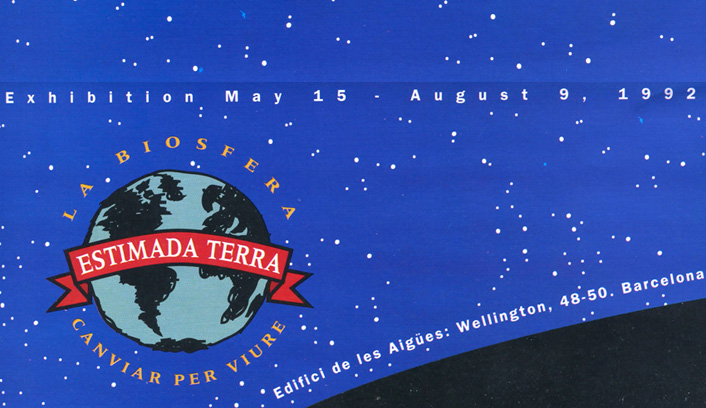Lights and shadows in the ecological practices of the Barcelona of the Olympic Games

The 1992 Olympic Games in Barcelona were a turning point for the Catalan city because of their tangible and intangible legacies, i.e. the urban transformation and later economic outcomes. These achievements were result of the governance of this sport event. In other words, the local authorities planned and supervised its organization. There were legacy goals that responded to a specific historical context, mostly the growth of the ecological thought along the Western world during the second half of the 20th century; its presence in Catalonia and Spain later than in other countries, and the entry of Spain to the European Community in 1986 with the consequent adoption of continental environmental policies.
The paper is focused on analyzing and explaining how the ecological thought, understood as three interrelated dimensions (sustainability, environmental health and ecological communication) was built and developed within the frame of Barcelona’92. Although there was no any holistic plan of green policies during the period in which the 1992 Olympics were managed, an ambitious project of urban regeneration for the shoreline and the creation of parks show the existence of ecological actions, even while partially. There was an implicit social and economic sustainability pursued by the local administrations that derived into projects like works of refurbishment and construction of affordable and sustainable facilities. Moreover, an Olympic Village built in a polluted area, the opening of new beaches, the recovery of Banyoles Lake and the increase of green zones also proved the presence of ideas of environmental sustainability. However, some absent aspects were meaningful, i.e. a lack of any recycling plan.
Further than those long-term strategies with a variety of decisions, which aimed to improve the living conditions in this city’s ecosystem, the article highlights the short-term objective of hosting the Olympics. Each administration belonging to the Organizing Committee, notably the City Council, had different responsibilities while sharing the application of environmental health plans as part of the operational phase of the Olympic event. The main priority was to guarantee that athletes or spectators did not breathe polluted air and that competitors did not dive into dirty waters during sailing events. This supposed the introduction of measures such as the control of the sea and air pollution levels and the Smoke-free Games campaign to ban smoking in all indoor sport facilities.
Finally, the organizers of Barcelona’92 had prioritized the image of a modern city, able to host an event as complex as the Olympics. Related to those communication aims, the paper examines the existence of any kind of communication strategy for talking about ecological measures. Although this strategy was not exactly like this because there was not any holistic environmental plan, the UN Earth Summit in Brazil few weeks before encouraged some few initiatives of green communication. Among them, the temporary exhibition Beloved Earth and a pledge wall at the Olympic Village for supporting the Earth Summit.
Universitat Autònoma de Barcelona
References
Alberto Aragón-Pérez. "The Influence of the 1992 Earth Summit on the 1992 Olympic Games in Barcelona: Awakening of the Olympic Environmental Dimension". The International Journal of the History of Sport. Volume 36, 2019 - Issue 2-3: Special Issue: New Dimensions of Sport in Modern Europe: Perspectives from the ‘Long Twentieth Century’. https://doi.org/10.1080/09523367.2019.1626830

